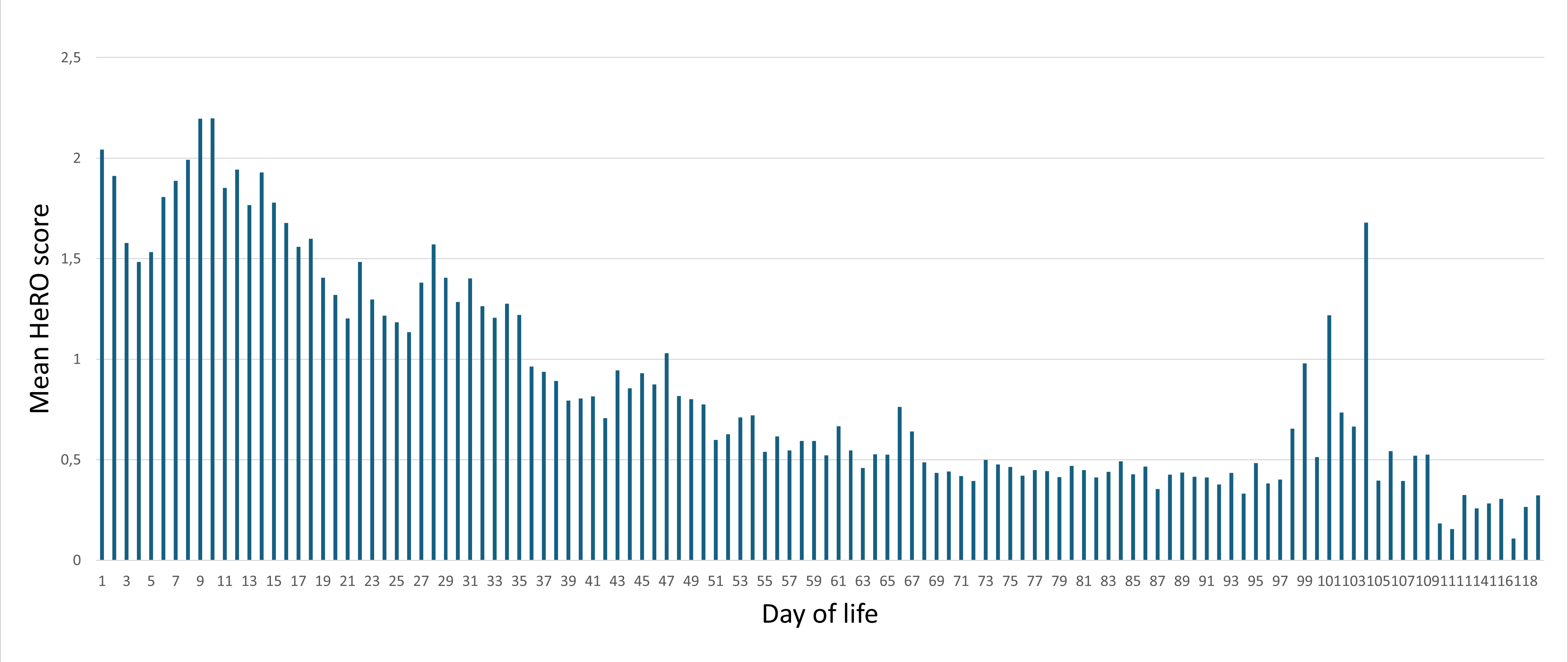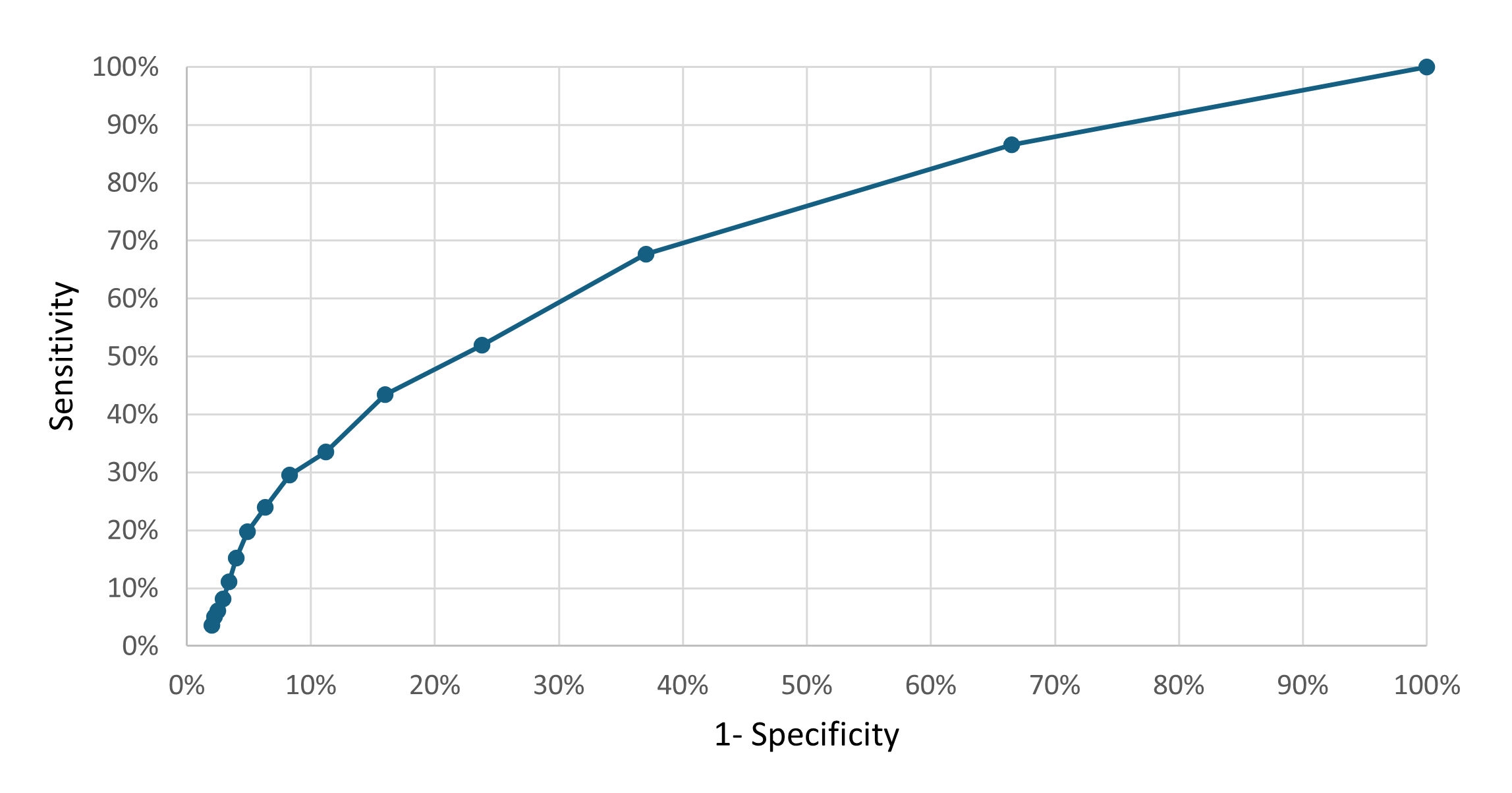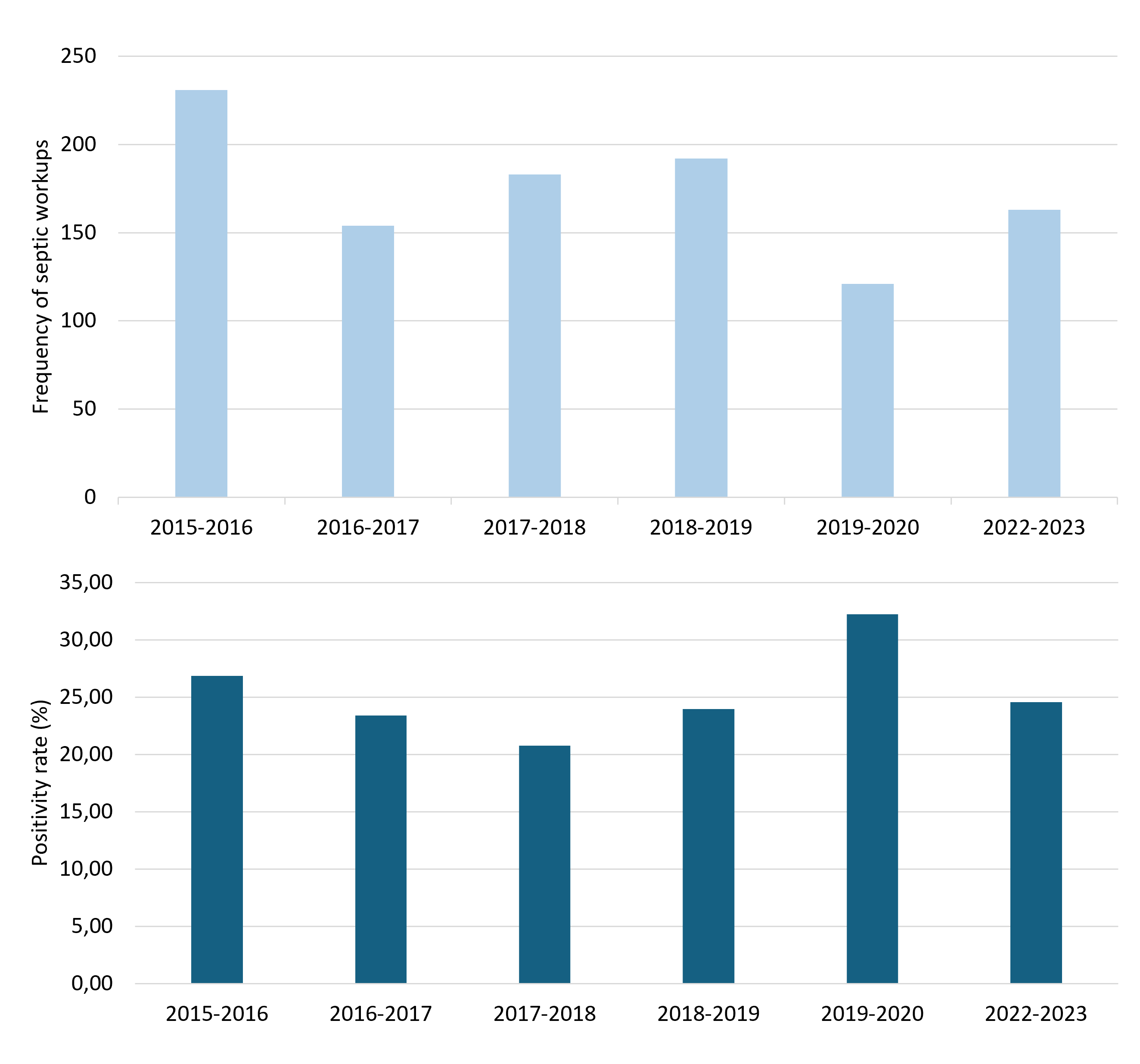Neo-Perinatal Health Care Delivery: Practices and Procedures 1
Session: Neo-Perinatal Health Care Delivery: Practices and Procedures 1
454 - Diagnostic Accuracy of the HeRO® Monitoring System for Detecting Sepsis in the Neonatal Intensive Care Unit: A Single-Center Experience
Friday, April 25, 2025
5:30pm - 7:45pm HST
Publication Number: 454.4268
Maria Madi, McGill University Faculty of Medicine and Health Sciences, Laval, PQ, Canada; Stephanie Mardakis, McGill University Faculty of Medicine and Health Sciences, Montreal, PQ, Canada; Tiffany Mathieu, McGill University Health Centre, Dollard-Des-Ormeaux, PQ, Canada; Marc Beltempo, McGill University Faculty of Medicine and Health Sciences, Monreal, PQ, Canada; Gabriel Altit, McGill University Faculty of Medicine and Health Sciences, Montreal, PQ, Canada; Guilherme Sant'Anna, McGill University, Montreal, PQ, Canada; Wissam Shalish, McGill University Faculty of Medicine and Health Sciences, Montreal, PQ, Canada
- WS
Wissam Shalish, MD, PhD
Neonatologist
McGill University Health Center
Montreal, Quebec, Canada
Presenting Author(s)
Background: Sepsis is associated with high mortality and morbidities in very preterm infants (gestational age < 32 weeks). Timely diagnosis is challenging due to limitations of conventional tests. The HeRO® monitoring system utilizes heart rate characteristics to generate a score (0-7) reflecting the n-fold risk of infection/inflammation, thereby enhancing detection of sepsis and other inflammatory conditions. HeRO was implemented at the Montreal Children's Hospital (MCH) NICU in 2022.
Objective: To evaluate HeRO diagnostic accuracy for sepsis detection, factors associated with improved accuracy, and the impact of HeRO implementation on septic evaluations.
Design/Methods: Retrospective observational study of very preterm infants admitted to the MCH NICU (Sep 2022 - Sep 2023). Nurse-recorded HeRO scores from birth to 40 weeks postmenstrual age (PMA) were recorded. Times and results of septic evaluations (blood/urine cultures), and diagnoses of necrotizing enterocolitis (NEC) and ventilator-associated pneumonia (VAP) were collected. Sensitivity (SN), specificity (SP), positive predictive value (PPV), negative predictive value (NPV) of different HeRO thresholds for predicting infections within 12h from the time of culture collection or confirmed NEC/VAP diagnosis were computed. Areas under the receiver operating characteristic curve (AUC) and Youden’s indices (SN+SP–1) for various thresholds were computed for scores obtained before/after day of life (DOL) 7 and before/after 28 weeks PMA. The total number and positivity rate of septic evaluations were compared with historical data from 2015 to 2020.
Results: 68,619 HeRO scores from 113 infants were collected. Mean scores peaked in the first 2 weeks of life and decreased thereafter (Fig 1). HeRO had an AUC of 0.7 for predicting infections, with a threshold of 2 yielding SN 43%, SP 84%, PPV 4%, and NPV 99% (Fig 2). AUCs were 0.65 and 0.71 for HeRO scores obtained before and after DOL 7, respectively. The HeRO threshold with highest Youden index was 3 when obtained before DOL 7 (SN 52%, SP 86%) compared to 1 when obtained after DOL 7 (SN 65%, SP 67%). AUCs were 0.60 and 0.72 for HeRO scores obtained before and after 28 weeks PMA, respectively. HeRO was not associated with increased number or decreased positivity rate of septic evaluations (Fig 3).
Conclusion(s): After 1 year of implementation, HeRO® monitoring showed modest accuracy for detecting infections, which varied according to postnatal age and PMA, but did not increase the number of sepsis evaluations. Impact of HeRO on clinical outcomes should be investigated.
Figure 1. Mean daily HeRO scores in very preterm infants
 Mean HeRO scores are generally higher in younger preterm infants. They peak in the first 2 weeks of life and decrease thereafter.
Mean HeRO scores are generally higher in younger preterm infants. They peak in the first 2 weeks of life and decrease thereafter.Figure 2. ROC curve of the HeRO® monitoring system
 HeRO has an AUC of 0.7 for predicting infection/inflammation.
HeRO has an AUC of 0.7 for predicting infection/inflammation.Figure 3. Evolution of the frequency and positivity rate of septic workups over the years
 This two-panel chart shows the frequency of septic workups that include blood/urine cultures (top panel, Chart 3A), and their positivity rate (bottom panel, Chart 3B) over the years 2015 to 2023. Neither chart shows a consistent trend over these years.
This two-panel chart shows the frequency of septic workups that include blood/urine cultures (top panel, Chart 3A), and their positivity rate (bottom panel, Chart 3B) over the years 2015 to 2023. Neither chart shows a consistent trend over these years.
